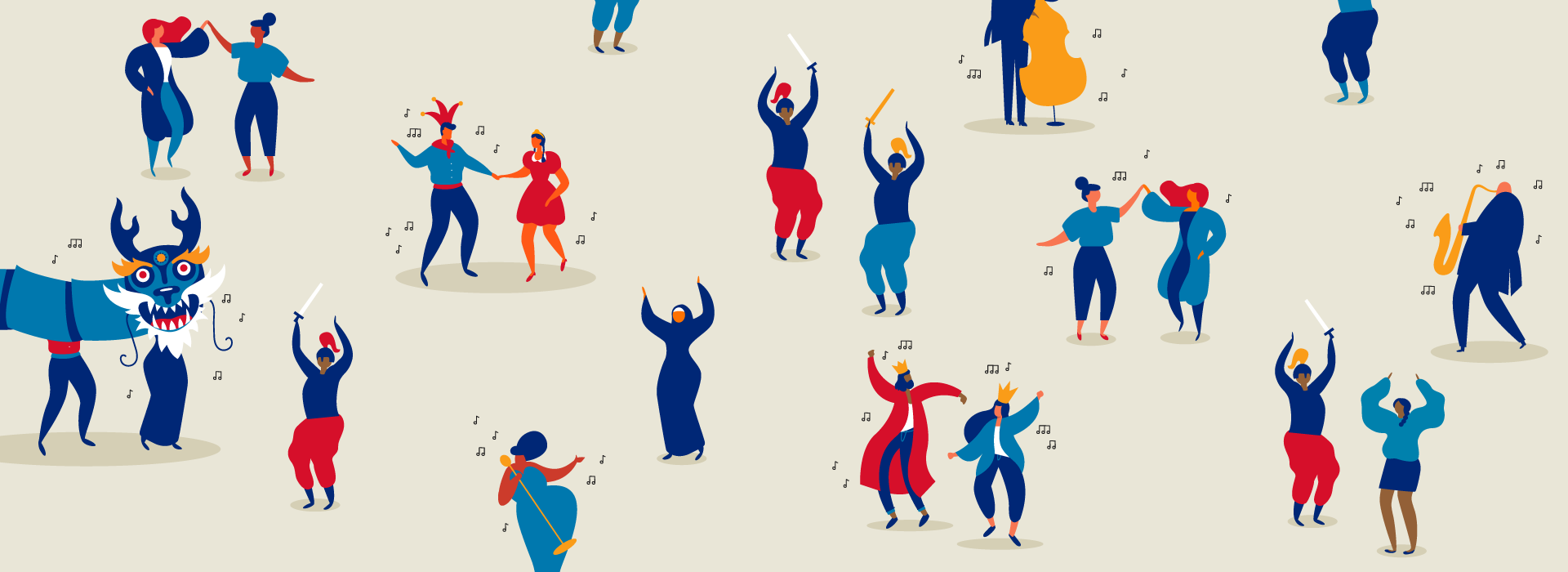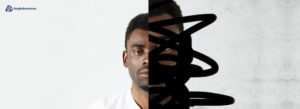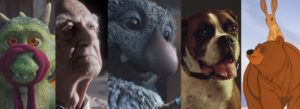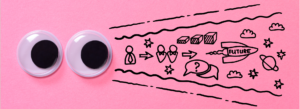I was four years old when I visited a gold mine for the first time. This is a rite of passage for any school child growing up in the City of Gold – Johannesburg, South Africa. It was 1984.
Two things remain vivid in my memory: the enveloping darkness as we went down the mine shaft and being overwhelmed with wonder by the Gumboot Dancers.
We all joined in, fearless at that age, and I jingled my way home wearing a little ankle bracelet made from wire and beer bottle tops.
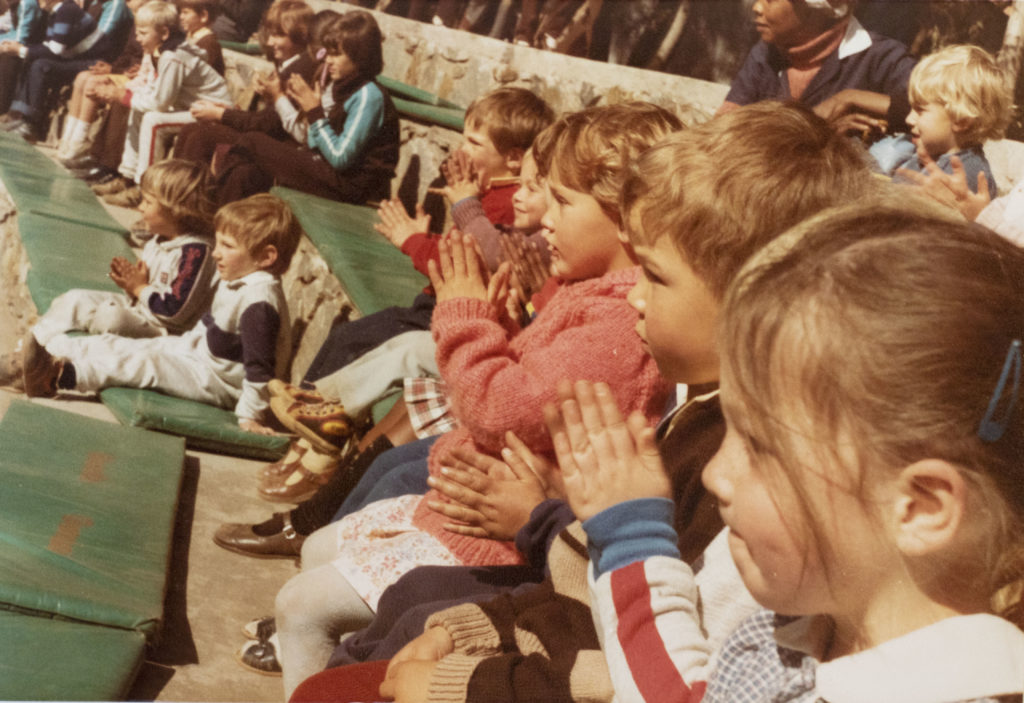
This noisy memento remained a treasured possession for years, until I learned the real story behind it. It symbolised the shackles once used to chain the miners to where they worked, deep underground.
Deep underground is also where Gumboot Dancing, isicathulo, began. It was at the height of Apartheid. Working conditions were poor. The miners wore little more than a pair of trousers, a bandana to keep the sweat off, and a pair of Gumboots (Wellington boots) to combat the damp.
Not allowed to communicate with each other, they developed their own code by tapping their Gumboots with their hands. An act of defiance and solidarity that above ground, developed into elaborate dances used to tell the story of their lives.
Fast forward to 2019. Apartheid is over, but the Gumboot Dance lives on as a national symbol of resilience and what’s possible when people work together.
Here at H&H, one of our clients is a global mining company. The same company whose first mine, founded over a hundred years ago, was the one I visited as a freckle-faced four-year-old. And who are now committed unreservedly to reversing the legacy of their past with employee safety sitting top of the list.
For the past four years, we have been working with a passionate team of people who believe employee engagement is not just critical to the business’ success, but to saving lives. And each year, we help them to take bold steps in safety communication and engagement so that their number one priority gets into the minds, hearts and habits of every employee, for every minute of every day.
Safety communication meets music and movement
Imagine my excitement when this year, our clients suggested bringing music into the mix of their safety programme.
Like a little seed that had laid dormant in my brain for 35 years, a risky and exciting idea sprung to mind. What about combining music and movement?
So we did.
And believe me when I say it has resulted in something truly spectacular.
Working with the brilliant dancer/choreographer and mass movement director Jon Beney, and equally brilliant percussionist Gary Hammond, we created six simple rhythms, inspired by the sounds of a mine, that could be performed easily using the body.
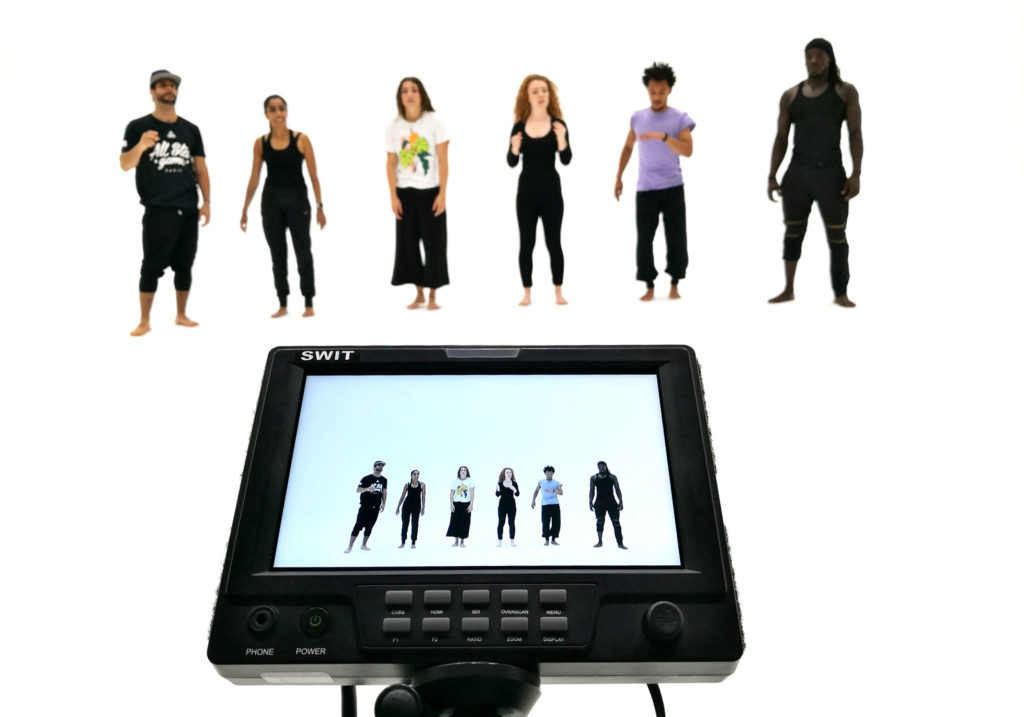
A passionate thud against the chest. An enthusiastic clap on the thighs. A sturdy stomp of the heel.
Each rhythm symbolises one of the organisation’s six values that everyone needs to live every day if there is going to be a chance of achieving zero fatalities. Care and Respect. Accountability. Integrity.
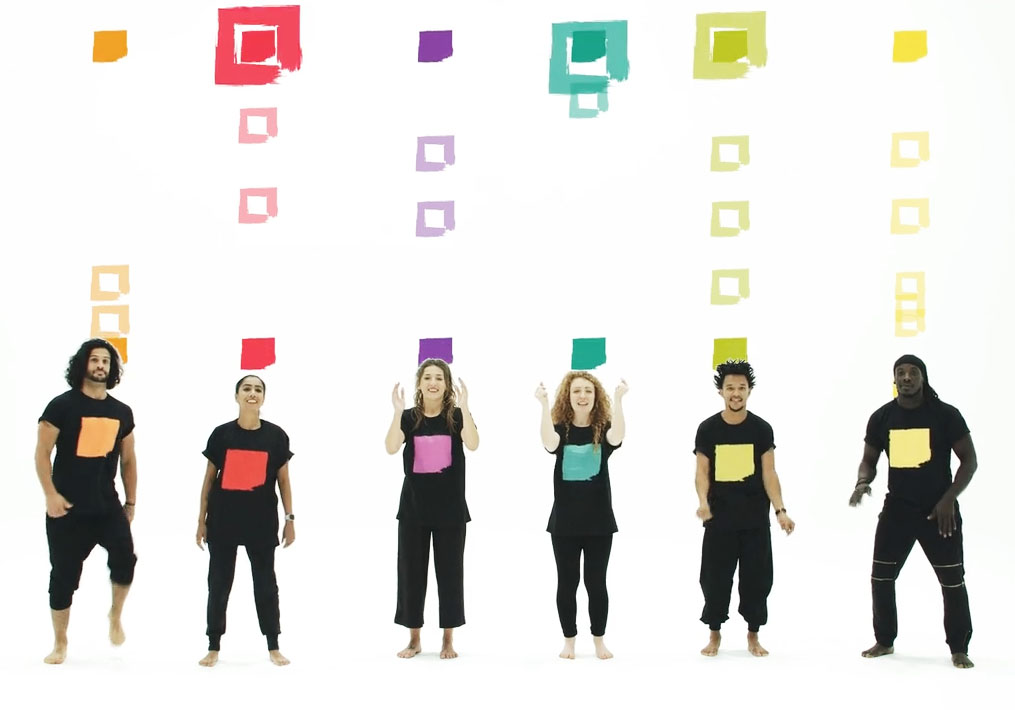
The rhythms representing the values build, one on top of the other, to create a powerful sound. They can only work together. Not alone.
Last Thursday, thousands of men and women – light to dark skinned, from London to Johannesburg, Chairman to mine operative, introverts and extraverts – stood shoulder to shoulder and made some noise.
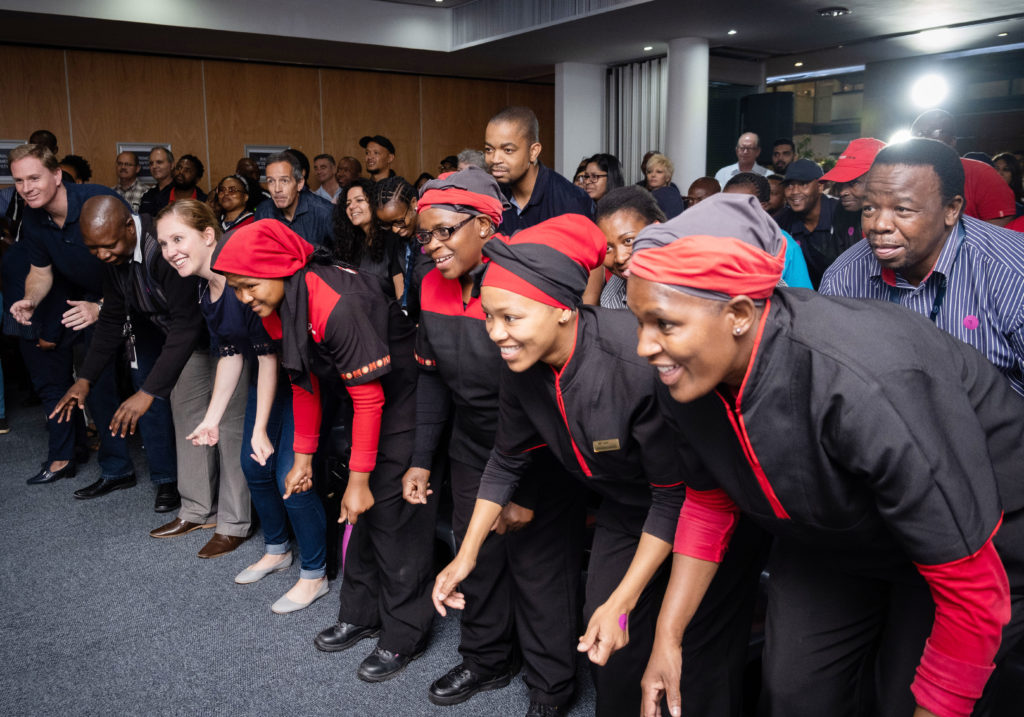
Noise that was loud enough to cut through everything else less important than making sure that a person’s job does not kill them.
And I don’t use this term lightly. This year we used strong language to get the message across. Because there’s nothing light or subtle about losing a colleague. A family member. A friend.
We needed to be bold and creative – to do something different – to engage people who haven’t yet got the message.
The science behind the innovation
Sound and movement transcends language barriers, cultures, how deep underground you are, and your ability to read or write.
We introduced movement and rhythm because we knew that it could speak to anybody – whether they prefer to learn visually, audibly or kinaesthetically.
In fact, rhythm has been used for millennia to communicate with and connect people. It’s been proven to use different cognitive and neural pathways than other senses, and that when used collectively, can increase social bonding.
By taking these insights and applying them to our client’s safety programme, we’ve been able to create a new, memorable and innovative way for employees to connect with their values and with health and safety.
They’re not just words. Not just pictures. Instead, you can hear them. Feel them. And create them with your own body. So that safety awareness can be at the top of everyone’s mind, always.
I now have new memory nestled next to the one from so many years ago. It tells a new story. It’s too soon to tell but maybe this story, like that of the brave Gumboot Dancers, will also become a symbol of resilience and what’s possible when people work together.

